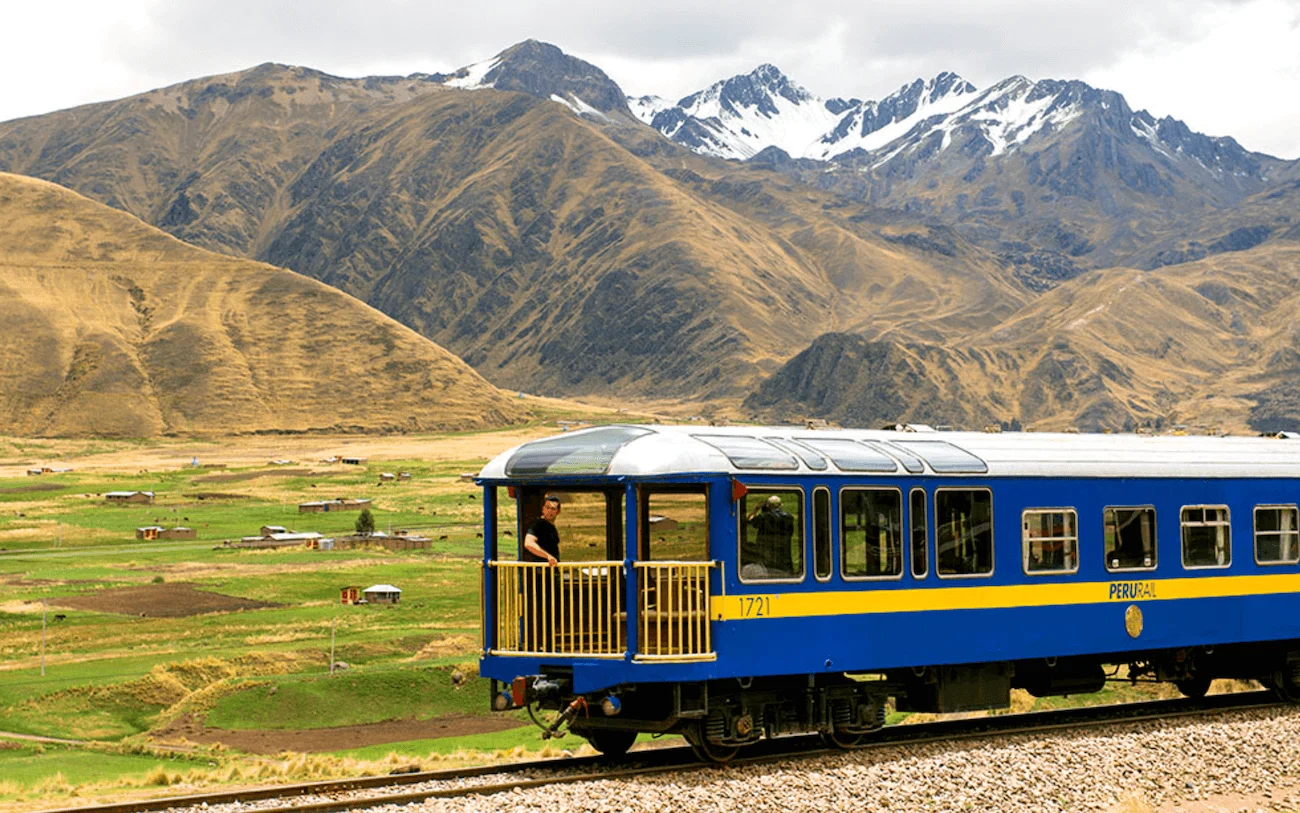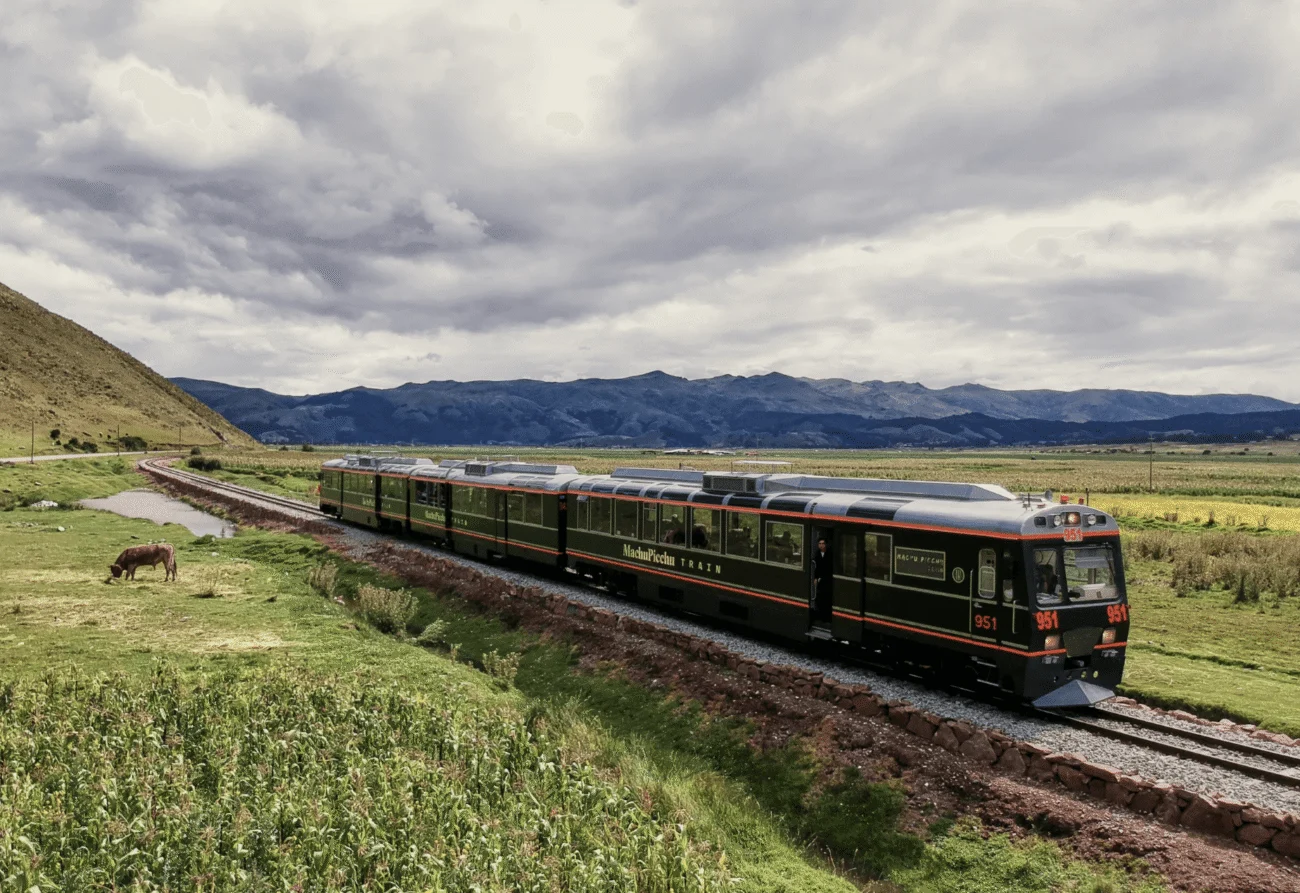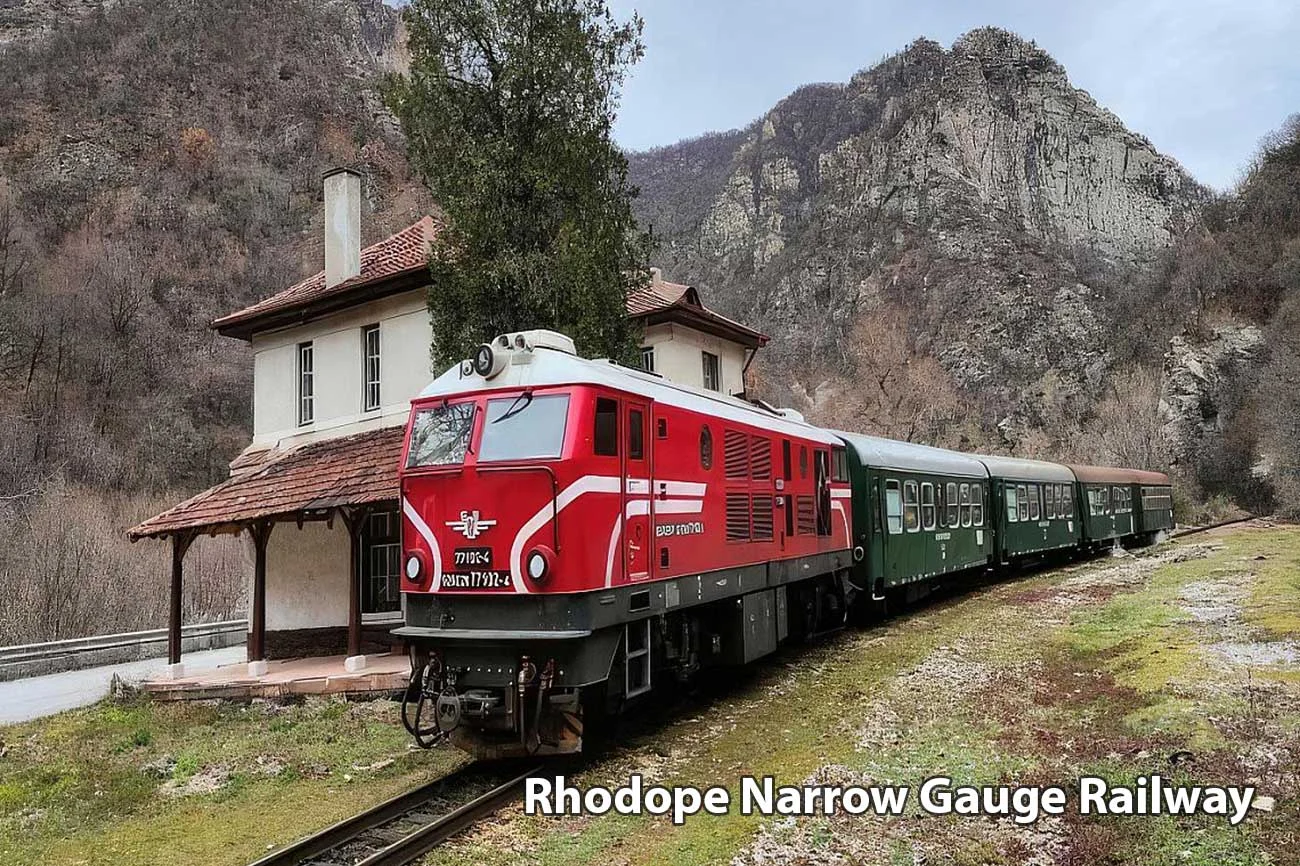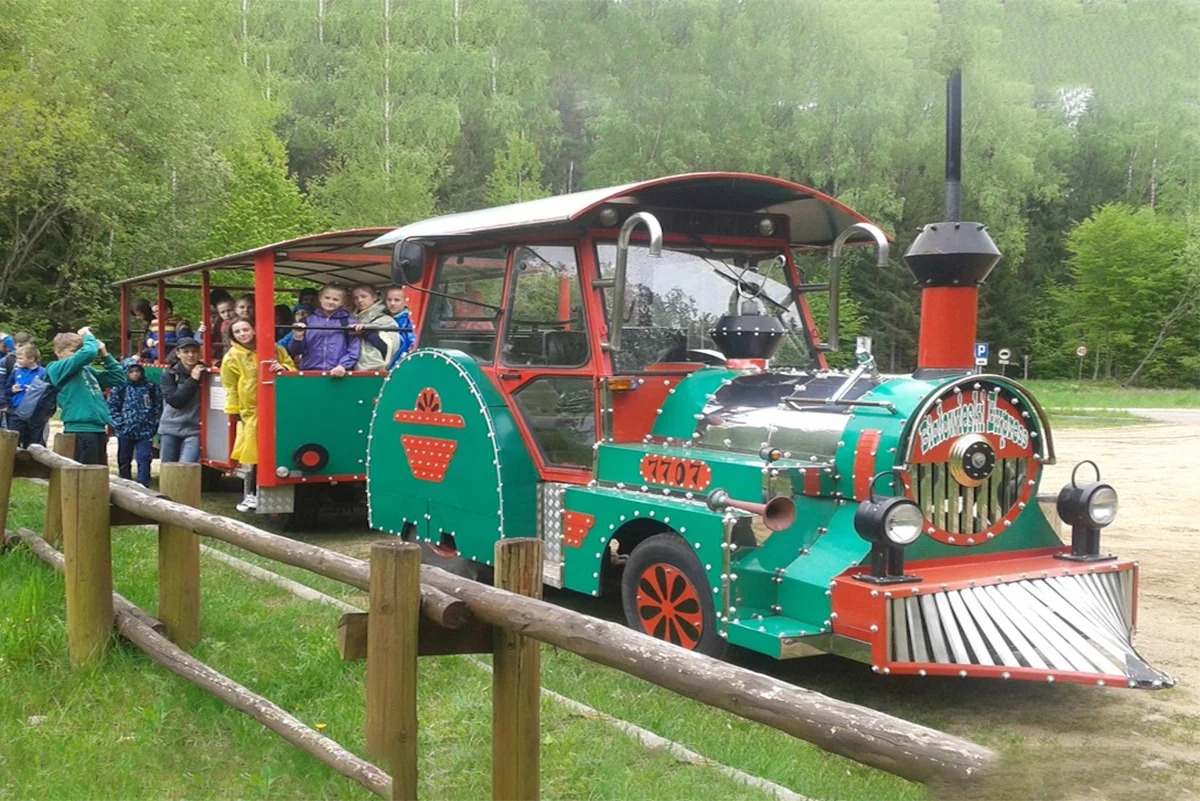I recently visited Machu Picchu in Peru and experienced both Peru Rail and Inca Rail services for my journey. Both train companies offer access to this amazing destination, but they have key differences. These differences could greatly affect your travel experience. This comprehensive guide shares my personal experience, compares the two rail services, and offers practical tips to enhance your journey to one of the world’s most remarkable archaeological sites.
Understanding the Train Routes to Machu Picchu
To get to Machu Picchu, you generally ride a train from Cusco, Poroy, or Ollantaytambo to Aguas Calientes, known as Machu Picchu Pueblo. For my adventure, I departed from Ollantaytambo using Peru Rail to reach Aguas Calientes and returned via Inca Rail. Both companies operate multiple daily services with varying comfort levels and prices, making it essential to understand your options before booking.
Booking Process and Planning
When planning your Machu Picchu visit, book your train tickets early. This is important, especially in peak tourist season. Both Peru Rail and Inca Rail offer online booking through their official websites, with options ranging from budget-friendly to luxury experiences. I chose the most economical seating class on both railways, which proved comfortable despite being the basic option.
The trip from Ollantaytambo to Aguas Calientes takes about 1.5 to 3.5 hours. It depends on the service and stops. The route goes through the beautiful Sacred Valley next to the Urubamba River. This scenic route offers breathtaking views of the Andean landscape, making the train journey an experience worth savoring rather than merely a means of transportation.

My Experience with Peru Rail
Peru Rail’s Expedition service, their most economical option, features carriages decorated with touches evoking Incan heritage and a welcoming atmosphere that prepares you for the adventure ahead5. The interior design uses local materials and traditional Andean fabrics. This creates an authentic space that connects passengers to regional culture even before they reach Machu Picchu.
The train offers spacious seats designed for longer journeys, allowing passengers to relax while taking in the scenery through large panoramic windows5. Tables between seats offer handy spots for snacks and drinks during the trip. An audio tour shares the history and natural wonders along the way, adding educational value to the journey.
The Smoke Issue: A Significant Concern
Even with a comfy interior, I noticed a big problem with Peru Rail that future travellers should think about. The company operates older diesel locomotives that generate significant exhaust fumes. This especially affects the carriages located directly behind the engine. During my journey, I noticed diesel smoke entering these cabins, with visible particulate matter in the air that concerned many passengers6.
This problem appears to be recurring and well-documented in traveler reviews. One passenger reported: “The diesel from the engine was pouring into our cabin to the point we were seeing particulate in the air”6. I witnessed elderly travelers and those with respiratory conditions experiencing noticeable discomfort, with some passengers requesting to change seats to escape the fumes6.
Service and Staff Performance
Peru Rail staff provided complimentary water during the journey, which was a thoughtful touch not offered on Inca Rail. Several staff members demonstrated exceptional service, including one ticket officer named Carlos who inquired whether passengers had secured their Machu Picchu entrance and bus tickets, offering assistance upon arrival1. This proactive approach helped many travelers who hadn’t realized these additional tickets could sell out quickly.
My Experience with Inca Rail
On my way back from Aguas Calientes to Ollantaytambo, I took Inca Rail. I soon saw differences in the train’s condition and the air quality. Inca Rail appeared to operate more modern trains with better exhaust management systems, distributing smoke through smaller pipes rather than allowing it to affect passenger carriages directly, resulting in a much more pleasant atmosphere throughout the journey.
The train ride with Inca Rail offered equally spectacular views of the river, steep mountains, and valleys, creating what one reviewer described as “a beautiful train ride for 1 1/2 hours along a beautiful river, steep mountains and valleys”. Though Inca Rail did not offer complimentary water like Peru Rail, their overall service quality and cabin environment felt superior.

Cabin Comfort and Service Excellence
Inca Rail’s carriages were notably clean, well-maintained, and comfortable for the journey. The staff demonstrated exceptional organization from check-in through arrival, with one traveler noting, “The organization with which INCA RAIL carries out this activity is spectacular. From the check-in in Cusco, until the arrival at the archaeological site, everything has been very easy for us”.
Multiple reviews praise specific Inca Rail staff members who provided outstanding assistance to travelers. One passenger highlighted how a staff member named Edgar “was a hero” who helped resolve ticket issues for Machu Picchu entrance2. A fellow traveler praised their guide Johan. They admired his interesting explanations during the visit. They also loved the “fantastic photos of us in the key places.” Plus, Johan timed the visit well to dodge the crowds.
Practical Tips for an Enhanced Journey
Seat Selection Strategy
Based on my experience, selecting the right seat can significantly impact your journey quality. When booking or purchasing tickets at the counter, specifically request a forward-facing window seat, which provides optimal views of the spectacular landscape throughout the Sacred Valley. For Peru Rail specifically, I strongly advise avoiding carriages immediately behind the locomotive due to the diesel fume issue6.
Seating choice is especially important for travellers with respiratory conditions. It also matters for those travelling with elderly people, as they may be more sensitive to air quality. If possible, select seats in the middle or rear carriages on Peru Rail to minimize exposure to engine exhaust, or consider choosing Inca Rail if air quality is a priority for your journey.
Essential Ticket Planning
When you visit Machu Picchu, it’s important to get train tickets. You also need entrance tickets for the archaeological site and bus tickets from Aguas Calientes to the entrance. These additional tickets often sell out quickly, potentially derailing carefully planned itineraries if not arranged in advance. Some train staff can assist upon arrival, but advance booking provides greater peace of mind.
During my Peru Rail journey, I benefited from staff assistance with these additional tickets. As one reviewer shared: “During our 3.30hrs journey the ticket checking officer Mr Carlos approached us and while checking he enquired if we have the bus ticket and Machu Picchu entrance tickets… He promptly helped us on arrival to get both tickets”1. This assistance proved invaluable, but travelers should ideally secure these tickets beforehand to avoid disappointment.
Timing Considerations
Both train services ran on time during my trip, making it easy to connect with buses to Machu Picchu. I recommend arriving at the station at least 30 minutes before scheduled departure to avoid unnecessary stress and allow time for security checks and boarding procedures. The earliest trains from Ollantaytambo let visitors get to Machu Picchu before the biggest crowds. Later afternoon trains offer more time at the site after day-trippers leave.
Comparing Peru Rail and Inca Rail: Which Should You Choose?
Environmental Impact and Air Quality
The biggest difference between the two services is the air quality in the carriages. Peru Rail operates “antiquated diesel locomotives that burn thousands of gallons of diesel”1, resulting in noticeable smoke and diesel fume issues, particularly affecting carriages close to the engine6. In contrast, Inca Rail appeared to utilize more modern equipment with better emission control and ventilation systems that prevented exhaust from entering passenger areas.
This distinction represents more than just passenger comfort—it reflects the environmental footprint of your journey as well. Travelers concerned about both personal health and environmental impact might consider this factor when choosing between the two services, especially given the pristine natural setting of the Sacred Valley these trains traverse.
Service Quality and Value Assessment
Both rail operators provided good overall experiences with different strengths. Peru Rail offered complimentary water, audio tours explaining surrounding landscapes and history, and interior decoration reflecting Incan heritage5. Inca Rail distinguished itself with superior air quality, more consistently positive customer service experiences, and excellent organizational logistics2.
For budget-conscious travelers like myself who selected the most economical options, both services delivered satisfactory experiences despite their differences. Those seeking enhanced comfort might consider premium options from either company, which include additional amenities like gourmet meals, entertainment, and more spacious seating arrangements.
Interesting Facts About the Train Journey
The railway from Ollantaytambo to Aguas Calientes is an engineering marvel. It crosses tough Andean land and gives access to one of the world’s greatest archaeological sites. The narrow-gauge railway follows the Urubamba River’s course, offering passengers spectacular views that showcase Peru’s diverse landscape and ecology.
The journey shows striking changes in plants as trains go down from the highlands to the start of the Amazon cloud forest. You can see ancient agricultural terraces on the mountainsides. The route passes through areas considered sacred by the Incas, adding historical and cultural significance to the visual spectacle outside your window.
Train services to Machu Picchu play a crucial role in managing tourism impact on this UNESCO World Heritage site. By controlling access through limited transportation options, authorities help preserve the archaeological treasure while still making it accessible to hundreds of thousands of visitors annually. The balance between conservation and tourism access makes the train journey essential for preserving Machu Picchu.
Conclusion
My trip to Machu Picchu was amazing. I used both Peru Rail and Inca Rail. Even with some air quality issues on Peru Rail, the experience was unforgettable. For travelers planning this iconic trip, knowing the differences between providers can greatly improve your visit to one of the world’s most amazing destinations.
If you care about air quality or travel with someone sensitive to fumes, Inca Rail is a good choice. Its modern equipment and improved ventilation systems provide clear benefits. Those valuing complimentary services and historical commentary might appreciate Peru Rail’s additional touches, though with awareness of potential air quality issues in certain carriages.
No matter which service you choose, asking for a forward-facing window seat will greatly improve your trip through the stunning landscapes of the Sacred Valley. With proper planning and these insights, your train journey to Machu Picchu can become a highlight of your Peruvian adventure rather than merely transportation to your destination.





